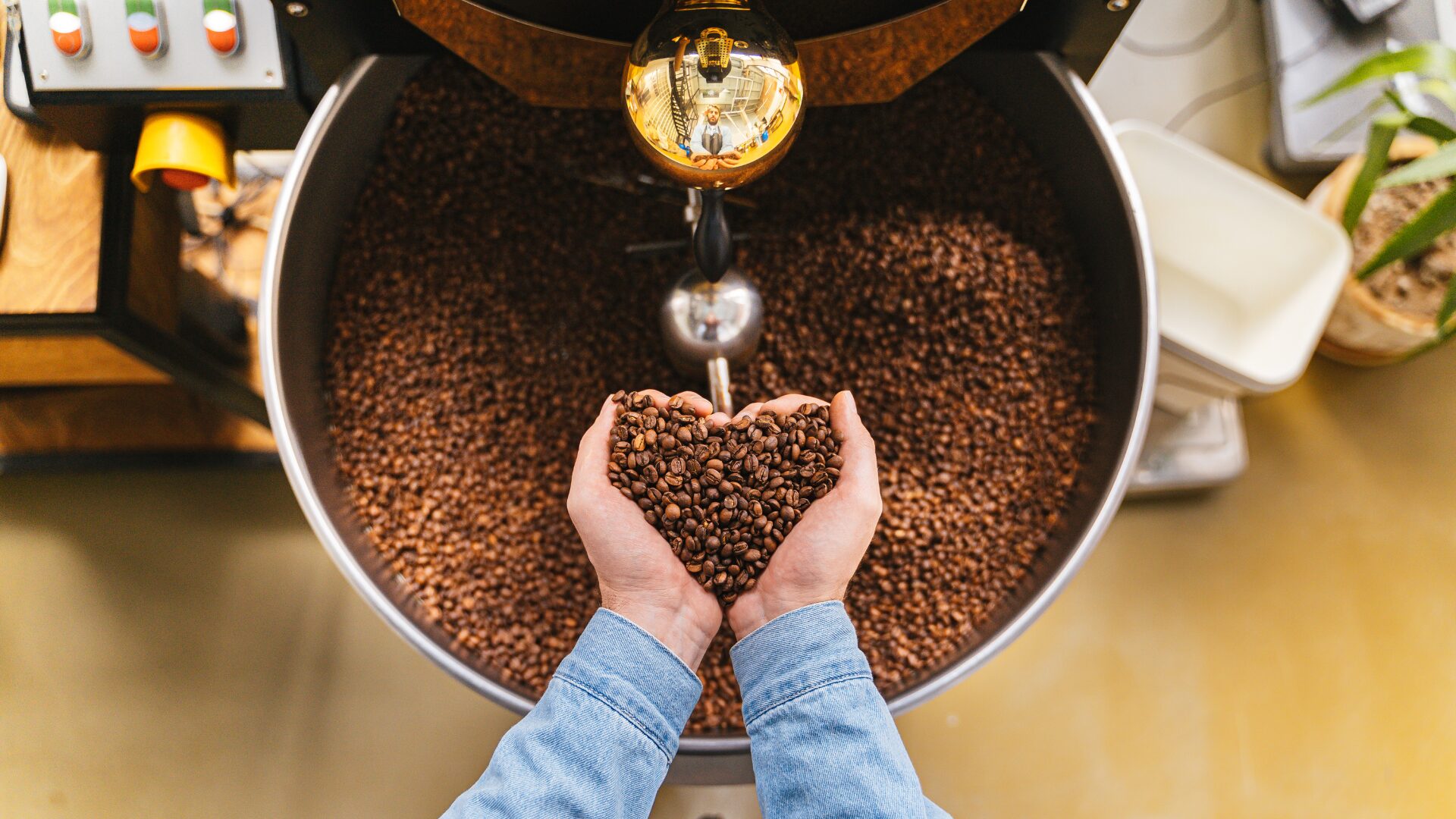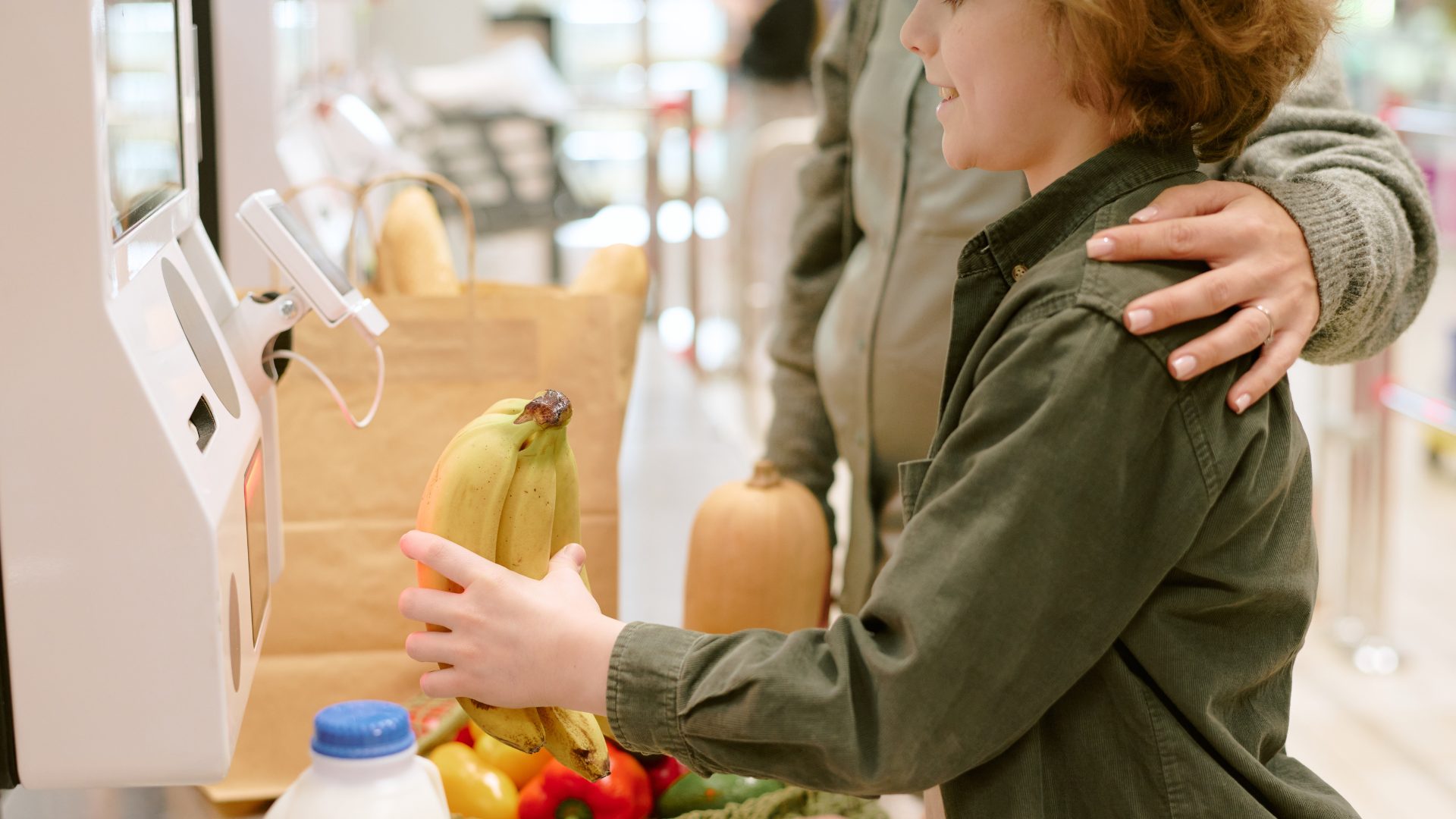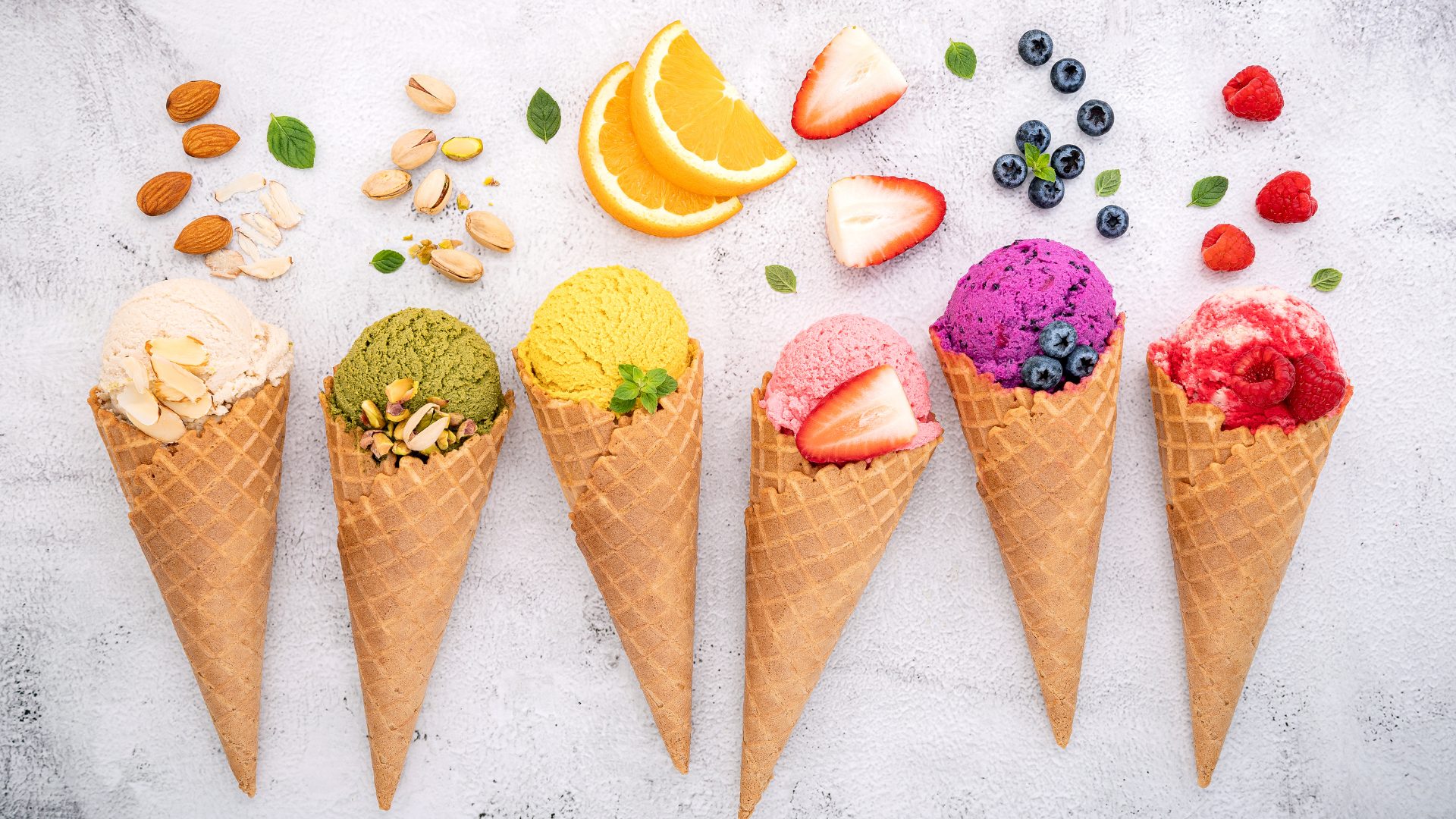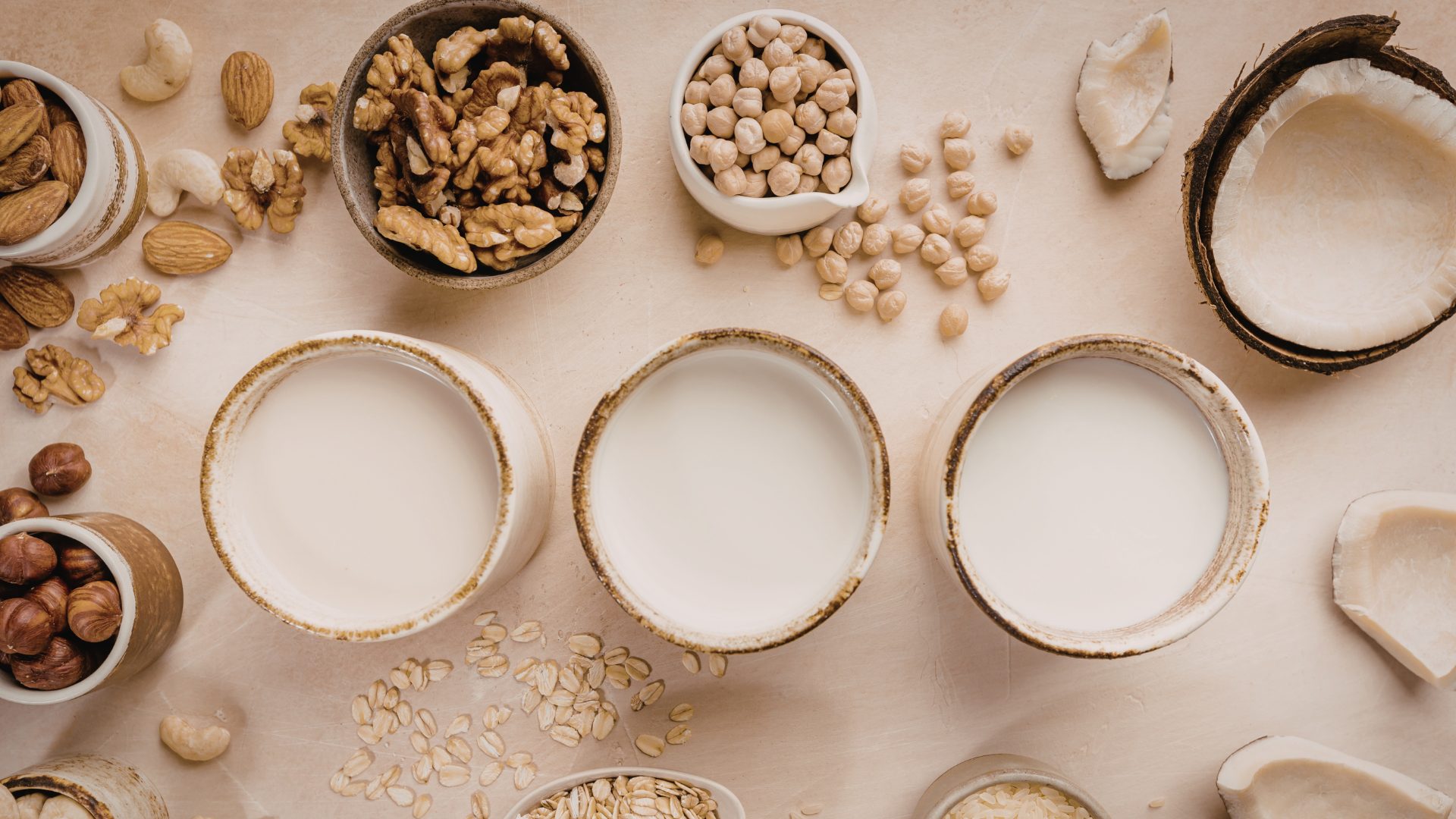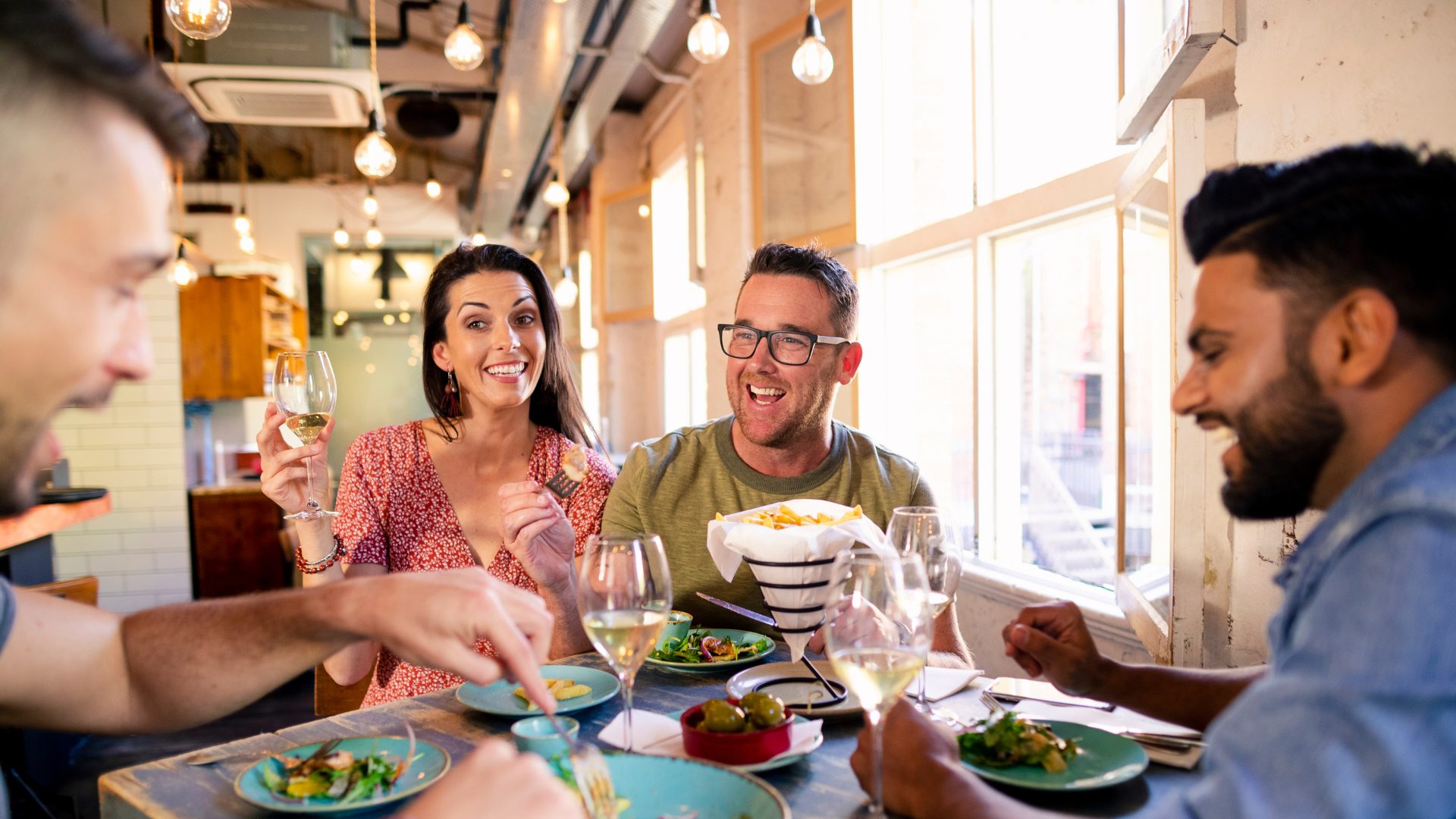Roughly 66 percent of U.S. adults drink coffee on a daily basis, which is a rise of nearly 7 percent compared to 2020, according to the Spring 2025 National Coffee Data Trends (NCDT) report. That’s more than any other beverage, including bottled water.
The average drinker consumes an average of three cups per day. Does that sound like you?
“Coffee holds a unique place in Americans’ daily lives—no other beverage is such a beloved and prominent touchstone,” National Coffee Association (NCA) President and CEO Bill Murray said in a statement.
“Coffee’s popularity brews big benefits for American coffee drinkers and the entire U.S. economy, and we expect America’s love affair with coffee to continue for many decades to come.”
Coffee has and probably always will be an extremely popular beverage. It’s part of a morning ritual, gives a caffeine boost and is a great way to socialize. The consumption of the beverage is nothing new, but it’s interesting to see the evolving trends in how it’s enjoyed.
Home Consumption
The most popular place to enjoy a cup of coffee remains at home. It makes sense, as you can enjoy it right away in the morning and the economy is forcing Americans to cut back on spending, including grabbing a cup on the way to work or school.
“We’re seeing a continued trend of consumers wanting to bring more coffee shop-style beverages into their homes, not only for the sake of convenience but also affordability,” Becky Opdyke, SVP of Keurig Systems Marketing at Keurig Dr Pepper, told The Food Institute.
Heather Perry, CEO of Klatch Coffee and former president of the Specialty Coffee Association, shared her insights on rising prices with FI.
“Earlier in 2025, coffee prices on the world market reached new record highs, driven by weather (drought and floods affecting coffee harvests), increased demand, speculation, and uncertainty. Although the market has retracted from record highs slightly, it still remains at a near historical high. New tariffs this Spring will further contribute to the higher prices roasters and cafes are already paying for coffee.”
A Personal Touch
Just because Americans are enjoying coffee at home doesn’t mean they’re not having fun with it.
“Younger Millennials and Gen Z in particular love to experiment with and share their DIY beverage creations inspired by their coffee shop favorites on social media, especially TikTok,” said Opdyke.
She says that last year, they launched The Original Donut Shop Iced Refreshers K-Cup pods, which were inspired by the coffee shop, fruit forward, and designed to be brewed over ice from any Keurig brewer.
“Our Berry Chill Refreshers became the top seller on Keurig’s TikTok Shop on National Coffee Day, leading to its national launch in 2025. We anticipate this trend toward experimentation and flavor will continue.”
Specialty Coffee’s Rise in Popularity
In the past five years, consumption of specialty coffee has increased by nearly 18%. Past-day consumption of espresso-based beverages increased by 17%, while non-espresso-based beverages shot up by nearly 42%, according to the NCA.
Dave Lanning, CEO and Founder of Dave’s Coffee says he’s excited to watch fruit-forward brews with feel-good ingredients increase in popularity.
“Cold brew is still delicious, but fruitiness is the new trend to watch,” Lanning told FI.
His company has created Dave’s Coffee Shandy, which is created by flash-chilling a vibrant, Ethiopian medium light roast and mixing in crystallized lemon with a hint of sugar.
Tips for Success
Lanning says in order to stay successful that roasters and café owners need to stay nimble and proactive, not reactive. He says that roasters should partner closely with truster importers and lock in both volume and price for at least six-month stretches. For cafes, he says not to avoid a price increase when the numbers demand it.
“Customers today get it. Most know small businesses are juggling rising costs on everything from bean to cups. A modest, well-communicated adjustment keeps your doors open and your coffee dialed in, and that’s precisely what your regulars want,” said Lanning.
The Food Institute Podcast
It’s tariff time, and companies the world over are working to better understand how their operations will be impacted. Jodi Ader from RSM US LLP joined The Food Institute Podcast to discuss which products and inputs are currently subject to tariffs, and how to best mitigate supply chain risks.


